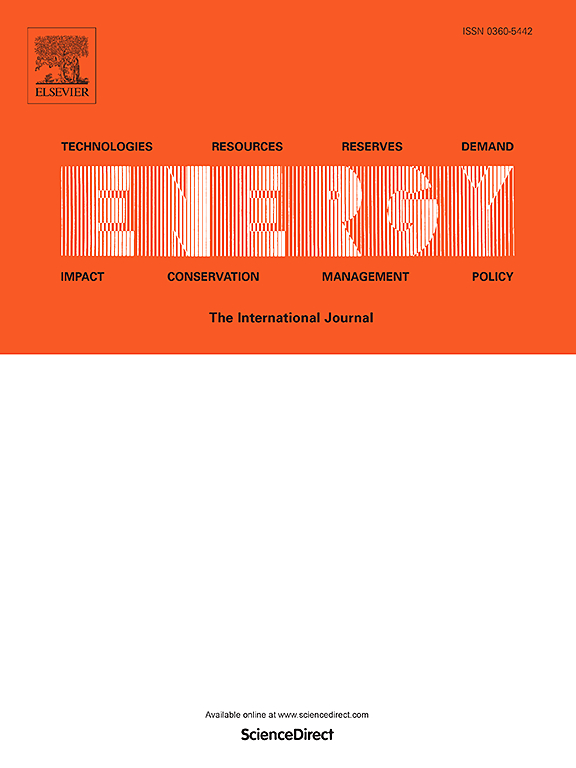Optimization of electric vehicle charging station layout considering the improvement of distribution network resilience under extreme disasters
IF 9
1区 工程技术
Q1 ENERGY & FUELS
引用次数: 0
Abstract
The challenge posed by extreme natural disasters to the resilience of power distribution networks is growing increasingly severe. Electric vehicles, as distributed and mobile energy storage devices, have the potential to enhance the resilience of distribution networks through vehicle to grid technology. In this study, resilience is integrated into the evaluation metrics for charging station layout planning, and a methodology for the layout of electric vehicle charging stations is proposed, balancing both economy and resilience. After constructing a typical extreme disaster scenario model using typhoons as an example, a resilience deployment model for charging stations is developed, which comprehensively considers the resilience of the distribution network and traffic flow. The objective function is designed to minimize the annual total social cost, which includes factors such as construction and operation costs, user usage costs, charging loss costs, and resilience configuration costs. A joint solution algorithm, combining the Voronoi diagram and particle swarm optimization algorithm, is proposed to solve the model. According to the simulation results of an illustrative example, the resilience optimization scenario performs well in terms of load loss penalty. This indicates that, in extreme disaster situations, this planning approach can effectively mitigate losses caused by power outages and improve the reliability and stability of the power system.
优化电动汽车充电站布局,考虑提高极端灾害下配电网的抗灾能力
本文章由计算机程序翻译,如有差异,请以英文原文为准。
求助全文
约1分钟内获得全文
求助全文
来源期刊

Energy
工程技术-能源与燃料
CiteScore
15.30
自引率
14.40%
发文量
0
审稿时长
14.2 weeks
期刊介绍:
Energy is a multidisciplinary, international journal that publishes research and analysis in the field of energy engineering. Our aim is to become a leading peer-reviewed platform and a trusted source of information for energy-related topics.
The journal covers a range of areas including mechanical engineering, thermal sciences, and energy analysis. We are particularly interested in research on energy modelling, prediction, integrated energy systems, planning, and management.
Additionally, we welcome papers on energy conservation, efficiency, biomass and bioenergy, renewable energy, electricity supply and demand, energy storage, buildings, and economic and policy issues. These topics should align with our broader multidisciplinary focus.
 求助内容:
求助内容: 应助结果提醒方式:
应助结果提醒方式:


